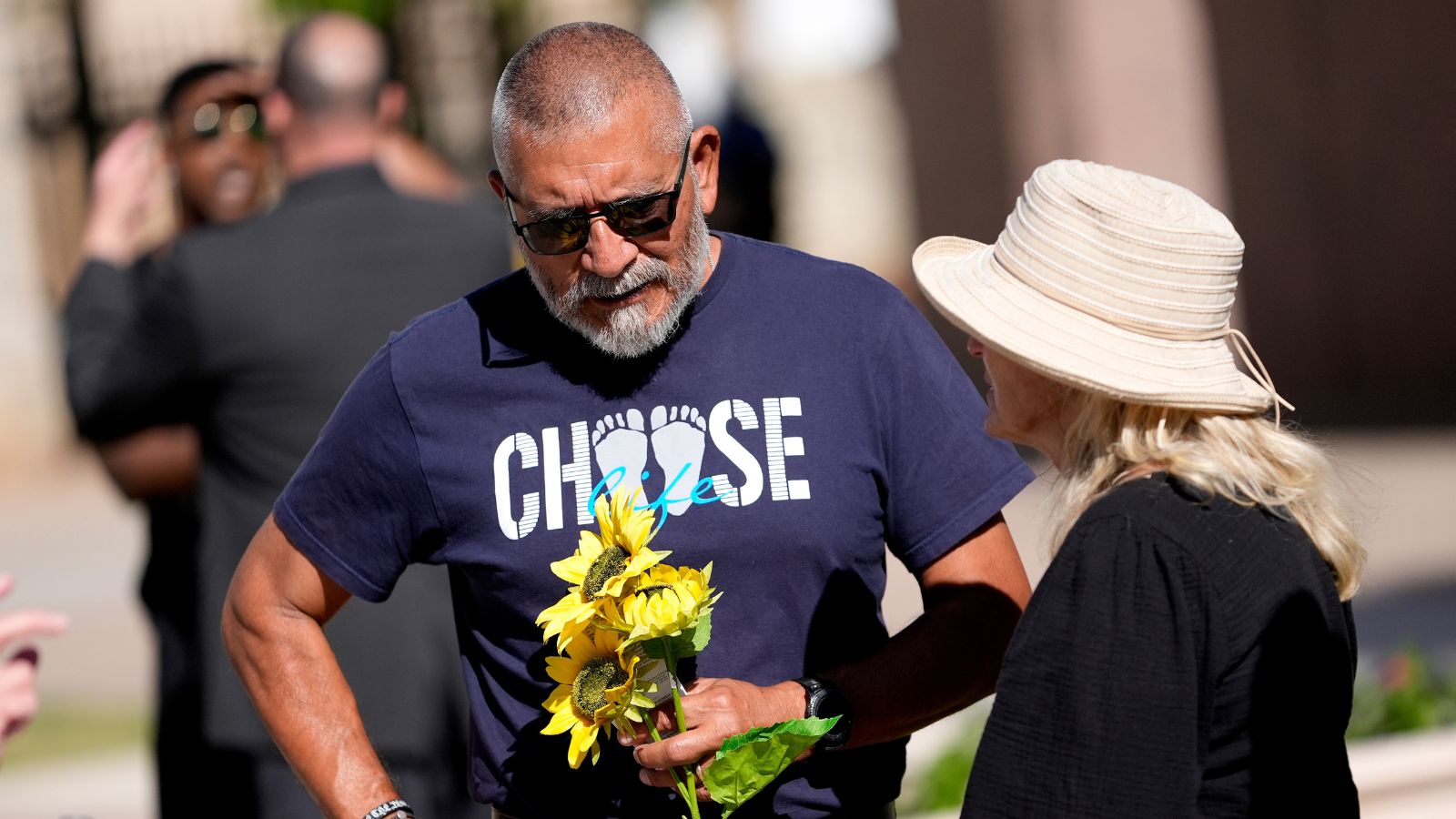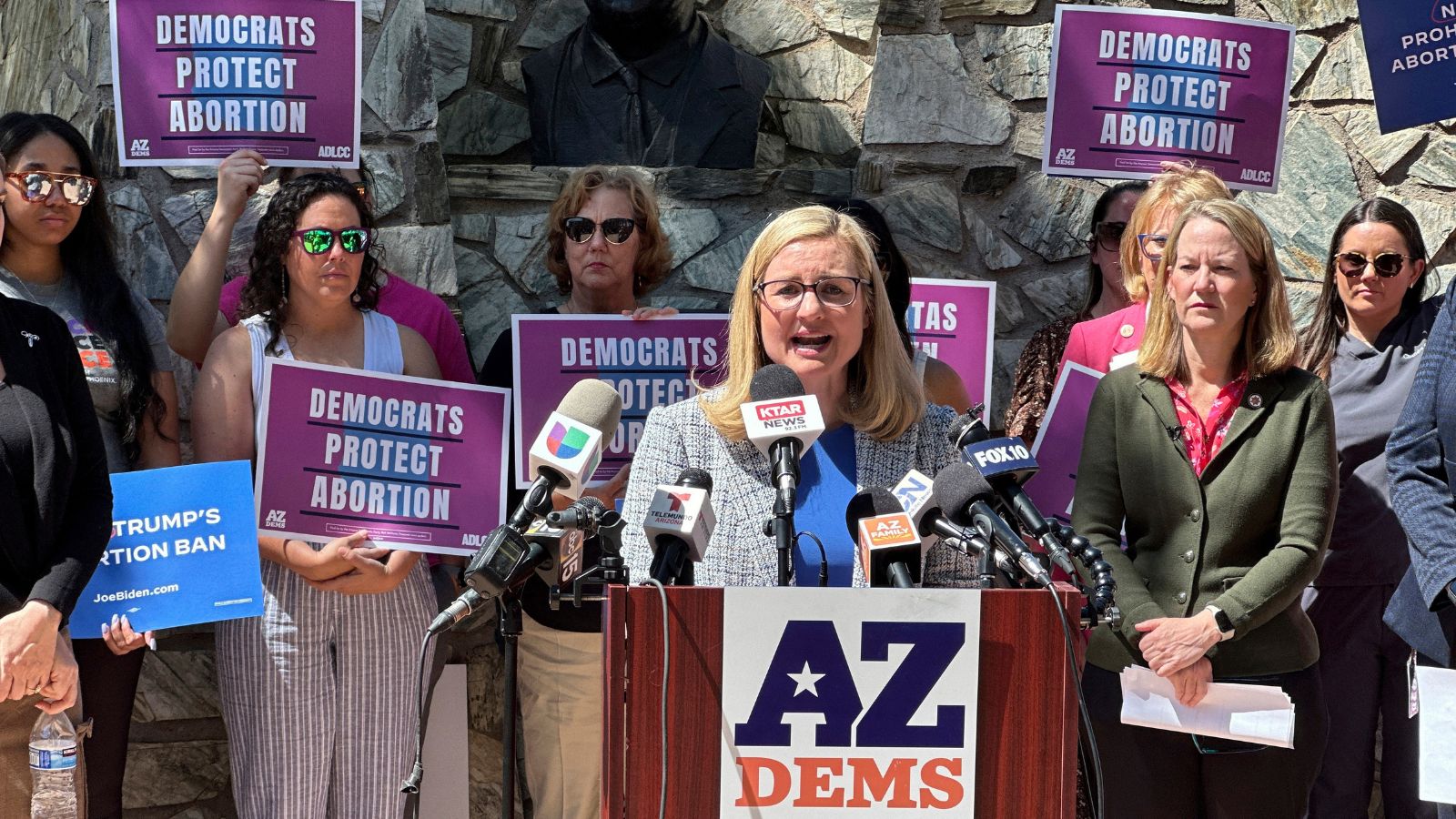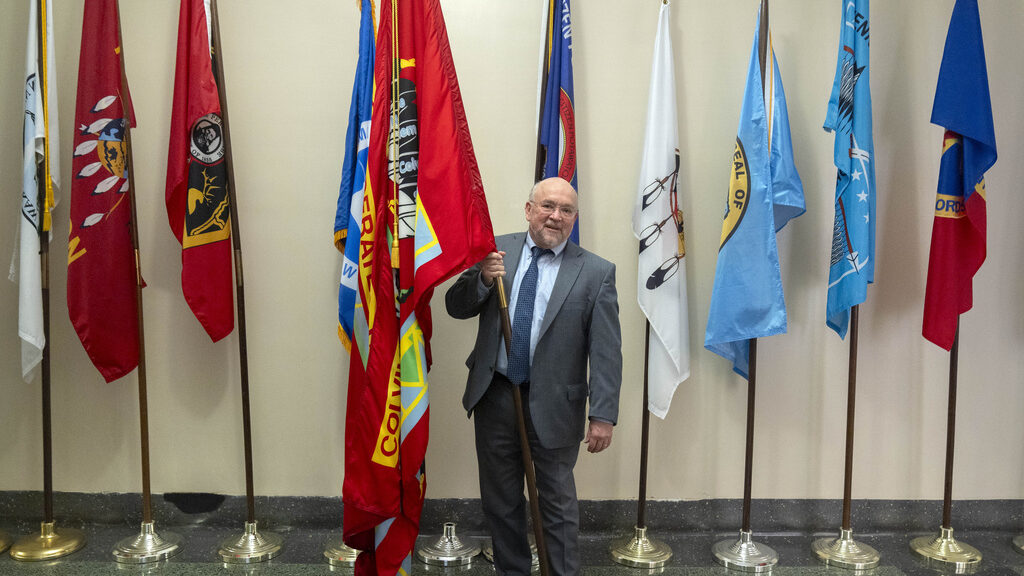Two decades of shooter response strategy ignored in Uvalde
Jul 18, 2022, 4:30 PM | Updated: Jul 19, 2022, 11:10 am
A total of 376 officers converged on Robb Elementary School in Uvalde, Texas — more than the entire police force in a midsize American city like Fort Lauderdale, Florida, or Tempe, Arizona. But for more than 70 minutes on May 24, not one stopped the shooter.
Amid the sounds of continuing gunfire emanating from the elementary school they waited. By the time they entered and killed 18-year-old Salvador Ramos, 19 children and two teachers were dead or mortally wounded.
The response counters active-shooter training that emphasizes confronting the gunman, a standard established more than two decades ago after the mass shooting at Columbine High School showed that waiting cost lives.
“This is going to set back law enforcement 20 years. It really will,” said Greg Shaffer, a retired FBI agent who’s now a Dallas-based security consultant. “It was a calamity of errors.”
It’s not clear how many more people at Robb Elementary were shot while police waited, but the delay also meant more time before the wounded could get potentially life-saving care, he said following the Sunday release of a damning report from an investigative committee from the Texas House of Representatives that detailed the chaotic response.
“You have to assume there are people in critical need of medical attention,” he said. “The terminology that we use when we train is, ‘You have to stop the killing before you can stop the dying.'”
That was a tragic lesson from the 2016 mass shooting at the Pulse nightclub in Orlando, where more than half the people killed bled to death before they could get emergency care, he said.
From the beginning, the officers’ tactics in Uvalde didn’t match with most standard operating procedure, Shaffer said. Rather than advance together, one of the first three officers lagged behind the others and another halted. And among those early responders, two had long guns and a third had a handgun, which could have been enough firepower to confront the shooter quickly. “Those are great odds. I’ll take those odds any day of the week,” Shaffer said.
As more officers arrived on scene, rather than acting as one overwhelming force to take down the shooter, they seemed to have little cohesion or leadership, said Maria Haberfeld, a professor at John Jay College of Criminal Justice in New York. That’s largely because they were from multiple overlapping agencies who didn’t communicate effectively with each other, something she worries could happen again.
“You have a number of departments that do not work together on a regular basis responding to a crisis situation. It’s chaotic, it’s unprofessional, it’s dysfunctional,” she said. “It’s just the best illustration of the worst-case scenario that I’ve been predicting for years now, that this multiplication of agencies is going to lead to disaster.”
Criminal charges against officers could be possible but civil liability is more likely, Shaffer said. A handful of local officers have been placed on leave, including the acting Uvalde police chief and the school district police chief, but the overwhelming majority of the officers who responded were federal and state law enforcement. That included nearly 150 U.S. Border Patrol agents and 91 state police officials.
“I think a lot of people need to lose their job,” Shaffer said.
Altogether, the Sunday report and more than three hours of newly released body camera footage from the May 24 tragedy amounted to the fullest account to date of one of the worst school shootings in U.S. history. Some families blasted police as cowards and demanded resignations.
Frank Straub, director of the National Policing Institute’s Center for Targeted Violence Prevention, said the chaos surrounding who was the incident commander at the scene is one thing that departments that work together normally practice. While the situation created confusion, the basic point that was missed was still getting to the shooter as quickly as possible.
“The obligation is to neutralize the shooter. Stop the shooting, stop the bleeding. That’s the sequence,” said Straub, a former police chief. “As protective equipment arrived on scene, ballistic vests, ballistic helmets, by protocol they should have kept going. It was their obligation to stop the shooting.”
Even during the lulls in the shooting, “there had to be the realization that there were students and teachers in those classrooms and if they were going to survive” they needed immediate medical attention, he said.
___
Associated Press news editor Gary Fields contributed to this report.
Copyright © The Associated Press. All rights reserved. This material may not be published, broadcast, rewritten or redistributed.









